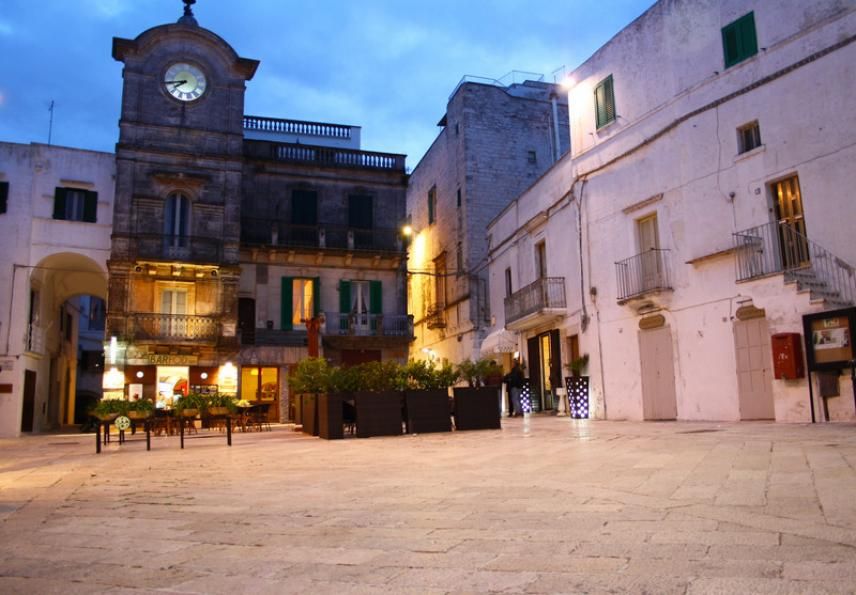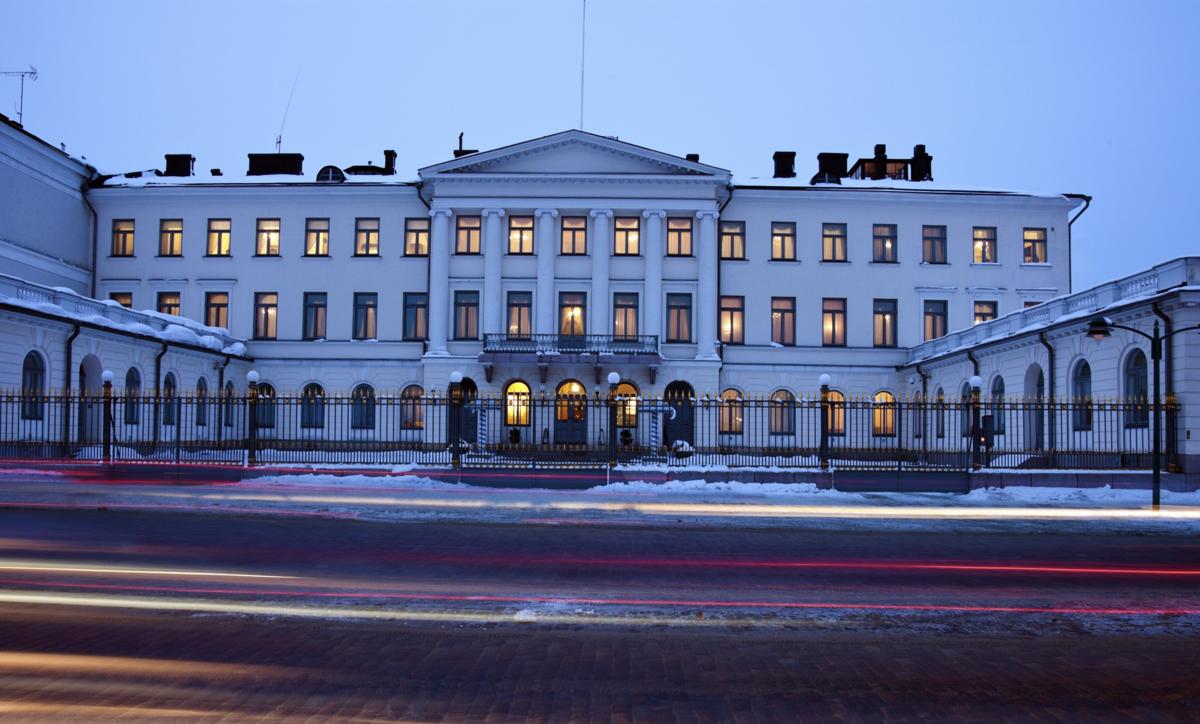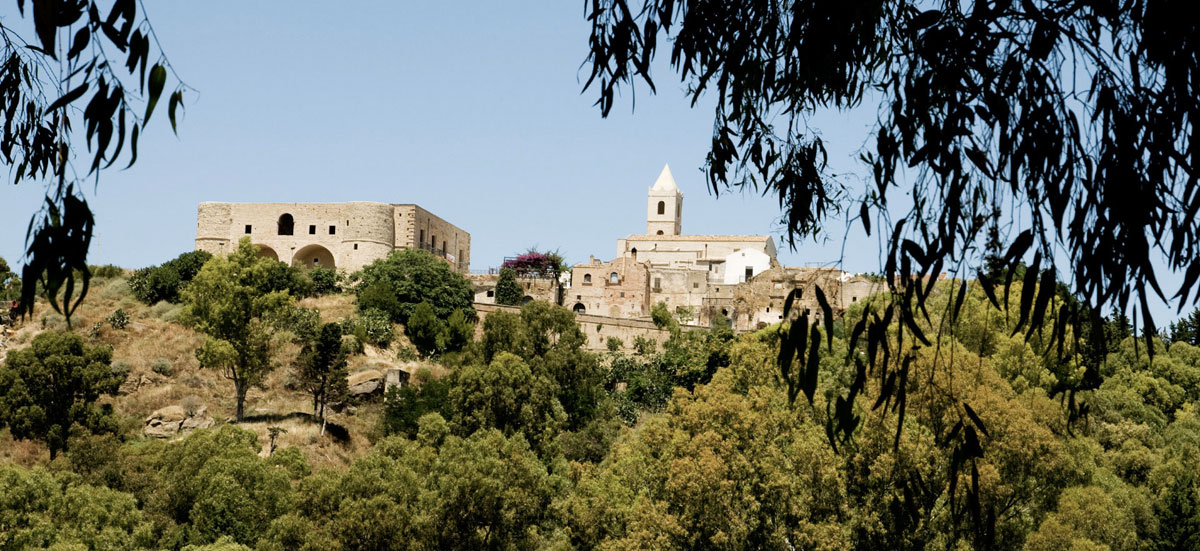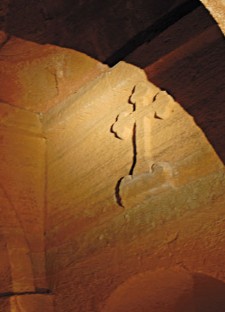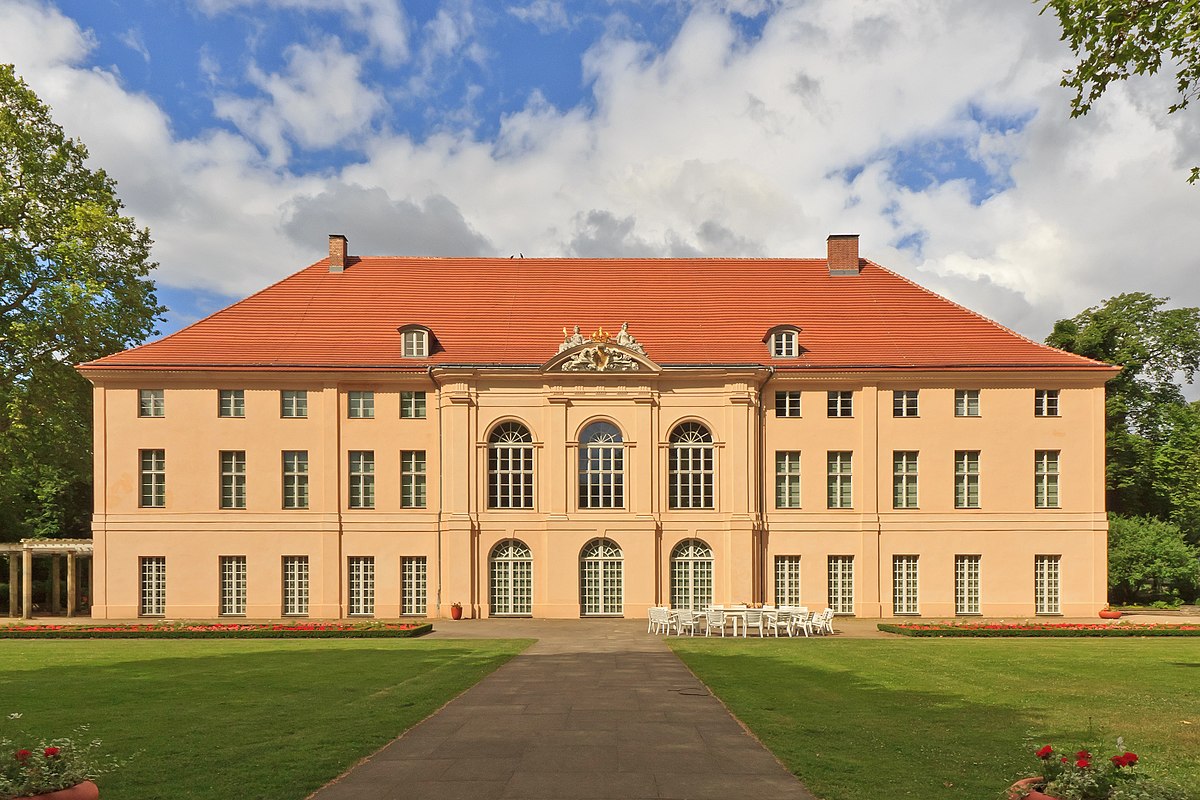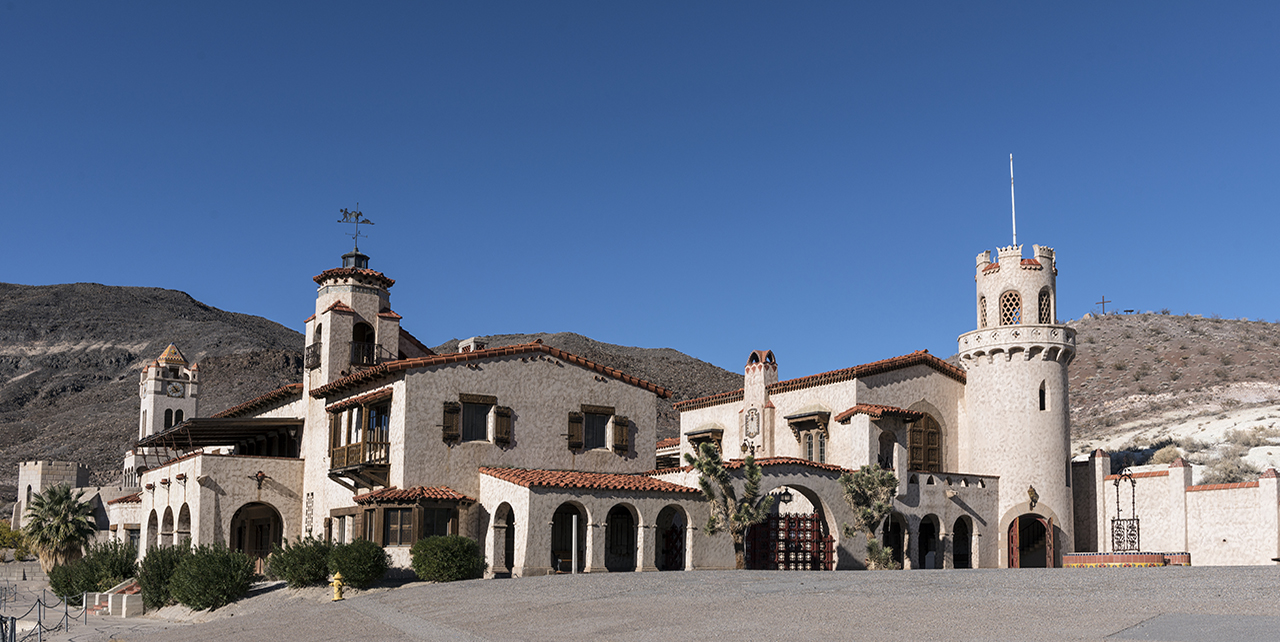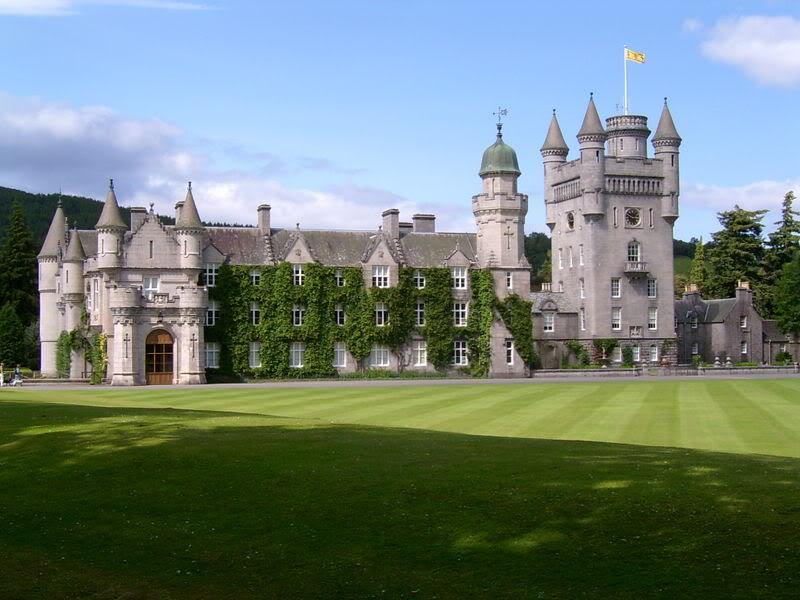Symbol of Cisternino, the Clock Tower, stands flirtatious and elegantly slender in the square, contrasting with the simplicity of the houses with their unmistakable 17th and 18th century appearance. The final appearance of the square dates back to the nineteenth century and it is clear that the Clock Tower was also built in the second half of the nineteenth century, in conjunction with the reconstruction of the facade of the Mother Church and the overall renovations that the village underwent under the new neoclassical wind. Although the square has undergone some profound modifications, it still retains its original seventeenth-century appearance, thanks to the skill of anonymous bricklayers who were able to harmonize the elevations of a random architecture, born spontaneously without an intact project. Within this spontaneous context fits perfectly the only architectural element built to follow a bit what was the fashion of the eighteenth century; creating a clock in the main square. The tower was built in 1850 entrusting the design to the masters Curri of Alberobello, creators of the Basilica dei SS. Medici.
The facade is divided into several orders, framed by the two lateral pilasters and the marquetry floors. Each floor is perforated by an opening, until you reach the last one that houses the clock. The fastigium, defined by a curvilinear frame, closes the tower’s momentum at the top with a metal pinnacle that accentuates its verticality even more.
The Clock Tower contaminated the adjacent building which, in order to follow the momentum, was enriched with an additional floor.
